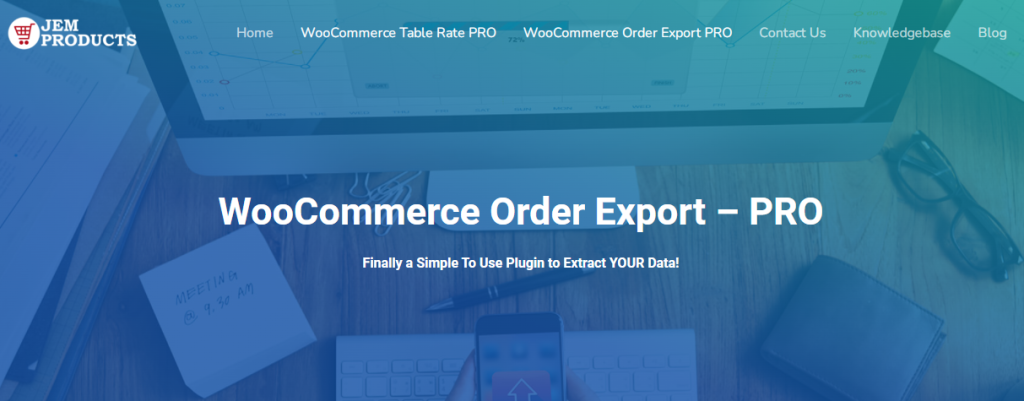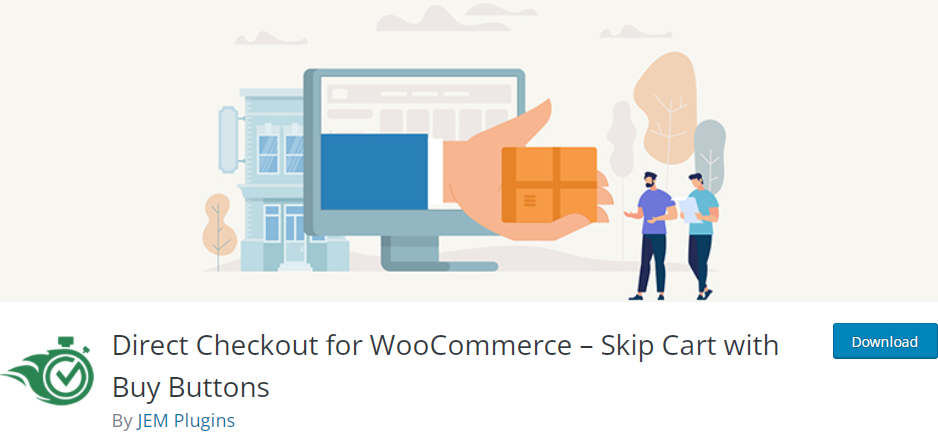Shopping online has never been easier with only a few touches on your smartphone. Even if physical stores aren’t going away, consumers want variety and convenience.
These needs have become even more pressing in the last two years due to the current worldwide pandemic. As a result of this shift, businesses need to stay updated on the latest eCommerce trends, as customer behavior is constantly shifting.
Product debuts are no longer limited to the physical sphere; the digital realm is just as important, if not more important, than the physical realm. To navigate this evolving landscape, choosing the right eCommerce platform is crucial.
Magento is one such platform that offers extensive customization and robust features suitable for large-scale businesses. However, it’s important to consider other competitors that might better suit your needs:
Shopware: This platform is known for its flexibility and scalability, making it a strong contender for businesses looking to expand. Shopware offers a wide range of features, strong community support, and a focus on delivering a highly customizable eCommerce experience.
Shopify: Renowned for its user-friendliness, Shopify is a hosted platform that simplifies the process of setting up and managing an online store. It’s perfect for businesses seeking a quick, hassle-free setup.
BigCommerce: This platform is ideal for scaling businesses, offering built-in tools for SEO, marketing, and analytics. BigCommerce provides a comprehensive solution with a focus on growth.
WooCommerce: Integrated with WordPress, WooCommerce offers a highly customizable eCommerce solution. It’s a great choice for those familiar with WordPress who want flexibility and control over their online store.
PrestaShop: An open-source platform that offers extensive customization options, PrestaShop is suitable for businesses of various sizes, providing a strong support community and a wide range of features.
Squarespace: Known for its stunning design templates, Squarespace is perfect for those who prioritize aesthetics and simplicity. It’s especially popular among creatives and small businesses looking for an easy-to-use platform. By exploring these options, businesses can find the best eCommerce solution to meet their specific needs and thrive in the digital marketplace.
1. Using Just the Best Plugins
One of the most often overlooked trends, or just aspects in general, of eCommerce, is using the best tools for the jobs. In this case, that would be the proper choice of plugins you use in your day-to-day business operations.
Aside from the obvious benefits of using better plugins, such as increased functionality, numerous indirect benefits contribute to the success of your business. Consider how much time and money you could save if you had a plugin that automated order export.
Thankfully, such plugins exist, and we bring you just the tip of the iceberg when it comes to those that make your eCommerce job easier.
WooCommerce Table Rate Shipping
If it is about shipping, this plugin probably has an option to help you out.
WooCommerce Table Rate Shipping helps clear any confusion regarding one of the most crucial steps in all online shops, shipping. With it, you can create and manage advanced shipping rules that will differ based on weight, item count, and other significant factors.
Besides that, you can also combine items into different shipping classes for finer touches. You can easily manage shipping methods. And also, rename them, hide them entirely, or import and export them for a more in-depth look.
WooCommerce Order Export
WooCommerce Order Export is a user-friendly plugin jam-packed with options that make data collection a snap. In addition to the traditional options of just exporting a set data range or data that meets a specific filter, this tool has more features.
You can download your WooCommerce data, drag and drop columns to arrange them, and export the data in CSV format with a single click. If you want even more features, upgrade to the Pro edition.
Direct Checkout for WooCommerce
Direct Checkout for WooCommerce has a simple task, to speed up purchasing an item in a WooCommerce store. This plugin allows you to bypass some steps by viewing your cart after adding an item, clicking the Checkout button, and then paying for the item.
This provides a much smoother experience for the buyers, who are sure to be impressed with the speed of the purchase. One of the main appeals of online shopping is the speed and not needing to wait in line, so why should you waste your customers time unnecessarily
2. Social Commerce

With the influencer market expanding, it’s only natural for platforms to assist influencers and businesses in selling to customers. When you buy and sell things or services directly from a social networking site, this is known as social commerce.
This change benefits both the social media platforms and eCommerce. The first one since it allows them to keep users on their platform for more extended periods of time. The second one makes the transition from ad to purchasing a product more accessible.
Consider the following. Why should someone have to leave Instagram to buy a product when they can simply click on a product tag on the platform and be directed to the product’s page, where they can purchase it? If you haven’t started selling on social media yet, you are missing out on a huge potential market.
Besides that, chances are your competitors have or are intending to do so soon. Just do a short SWOT analysis if you don’t believe us.
3. Livestream Shopping

Livestream shopping is what you get when you mere social commerce and live-streaming. This type of shopping was initially popular in China, but it is now spreading to the rest of the world. How does it work? Influencers and brands use their social influence to highlight or promote products and services.
Throughout the broadcast, viewers can use a chatbox to interact with one another and the brand and purchase the advertised products. It’s like going shopping, with store employees answering your questions. Only you can do it from the convenience of your own home.
This form of shopping is inherently rather interactive and has its ups and downs.
4. Conversational Commerce

The act of selling goods and services to a customer via a chat or messaging platform is known as conversational commerce.
Consider the following example. You’re on a brand’s Facebook page when a message bubble appears. You proceed to speak with a salesperson or a brand representative. They respond to your product-related questions and assist you in completing the purchase process without having to leave the site.
Conversational commerce is significantly more customized and interactive because it is done one-on-one. Furthermore, with the evolution of voice assistants, a new branch of Conversational shopping has emerged: voice shopping.
Another example of conversational commerce is a natural conversation with your Amazon Echo or Google Home that leads to a purchase.
Conclusion
This year, there are a few eCommerce trends you should pay special attention to. Many of these trends are a byproduct of new technological developments designed to provide smoother client journeys and a better brand experience.
Using the best plugins, social commerce, Livestream shopping, and conversational commerce are all eCommerce developments beneficial to both the consumer and the shop owner.
As shopping develops a more personal connection with customers, these trends will help you stay on top of the changes and improve your business.






